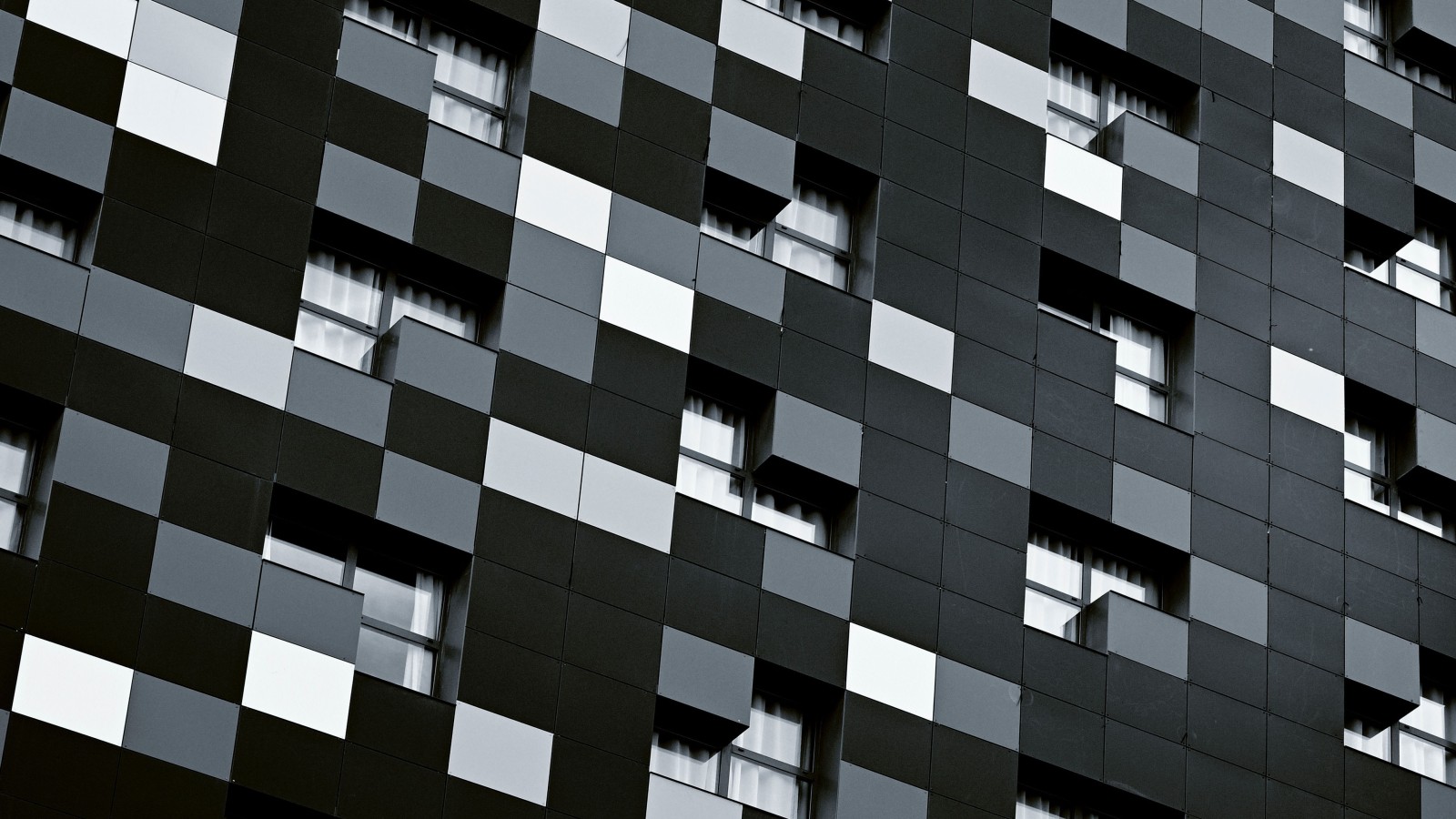When we look back in history at the 2010s and 2020s, one clear trend will be standing out on Architect-designed buildings: dark profiled metal cladding, combined with unpainted timber cladding. It is super trendy right now, and we all know the reasons why. For starters, it looks great, but in truth it is a reaction against the awful failures of monolithic cladding from the 1990s where it seemed like whatever you did, the end result would fail and let in water. While there are still some brave souls who trust polystyrene and a couple of millimetres of painted plaster as a reliable system, more often than not we have collectively changed our cladding systems — for good.
Drained and ventilated cavities are now widely understood and almost routinely applied all over the windier parts of Aotearoa, and not only has the sky not fallen down on our heads, but most people widely appreciate the extra protection that the cavity gives to our buildings. External sheathing with a rigid air barrier is also more popular — and I really like to use a layer of treated ply as external bracing rather than rely on a thin skin of plasterboard inside. Our buildings can breathe properly, with some great new building wraps and the move towards external insulation will test us again — but will also rely on a really reliable final cladding.
The external cladding is what really catches the eye on any building, so the use of a crisp, sharp, long-lasting metal cladding is absolutely the right finish for the future. It is what we might term a ‘bullet-proof’ finish that will stand the test of time and can look fantastic when well-installed by a competent team of craftspeople. It is amazing how a simple change to a different metal profile can affect the look of the completed building, from the simple corrugate indicating perhaps more humble origins, to the trapezoid forms, and onto the standing seam products that can give an appearance of a more sophisticated building.
I’m not quite sure what is pushing the uptake of so many dark colours — although our national psyche is of course All Black — but the chirpy, cheerful colours of houses and roofs from the 1950s and 1960s seems to be completely a thing of the past. If we really wanted to combat climate change, then more logically we should be specifying white roofs to reflect the sun’s rays back outwards again, as that has been calculated to be a means of combating the global warming effects. Black roofs and walls are super hot to the touch, even while the finished building may look ‘cool’.
In coming years we all will need to pay a lot more attention to the carbon content of our buildings, and this will have a flow-on effect on the amount of steel we use in our buildings. Just as we are now more likely to have think about the volume of concrete we pour into our buildings, so too we will be working harder to use the special qualities of steel in the best places possible. Steel is brilliantly strong and it is fantastic in tension, capable of retaining massive weight through simple wire strands that have been expertly made.
We are fortunate that Aotearoa’s steel-making is still of world quality, but our lead producer, NZ Steel, is about to make some enormous changes to its production methods. While for several decades we have been mining the black ironsand of the West Coast beaches and NZ leads the world in the environmentally careful harvesting of this resource, the current NZ Government has agreed to assist change in this industry so that we can instead melt down metal scrap in a giant arc furnace. That means that our old car bodies, tin cans, and scrapped roofing iron can at last be melted down here instead of sent offshore to China, as of course steel is infinitely recyclable. NZ Steel notes that this will result in the reduction of around 800,000 tonnes of Carbon, or the equivalent of removing about 300,000 cars from the roads — way more effective in lowering carbon emissions than the sum total of all the current brands of EVs that we have at present.
It is that long term reliability of the metal cladding and faith in the recycling system that gives us the confidence in specifying metal as an A-grade final finish. Most of our winning awards at the NZIA seem to have made a feature of metal cladding to emphasise the architecture, and certainly Home Magazine’s Home of the Year has often featured some metal clad wonders to take out the big gong. The Metal Research Association’s Code of Practice has been an absolute blessing for those having to detail junctions that E2/AS1 simply finds too complex, and I firmly believe that a well detailed and well maintained metal envelope should last significantly longer on this planet than most other forms of cladding. But here is my challenge to you all:
How about we all try to brighten up the colour range to something other than black, charcoal, or ironsand? How about a return to colour and joy on our building facades, rather than the dour old “I’m not smiling, I’m an All Black” schtick of the past?
Medium Quick-Fire Quiz — Be in to Win!
This month's Medium Quick-Fire Quiz is sponsored by COLORSTEEL®. Enter the draw to win a COLORSTEEL® gift hamper and $100 prezzy card! Simply answer our questions to enter the draw — entries close 5pm Wednesday 4 October 2023.




























 Most Popular
Most Popular Popular Products
Popular Products


